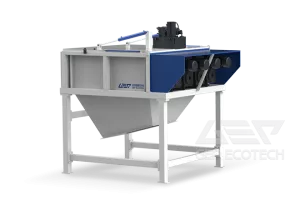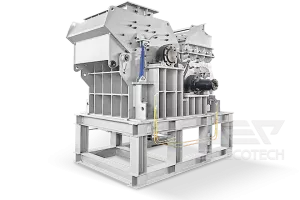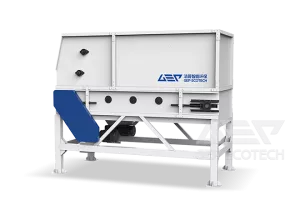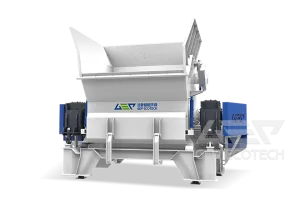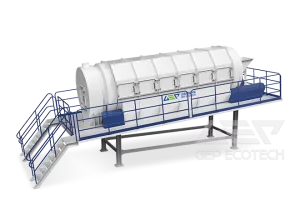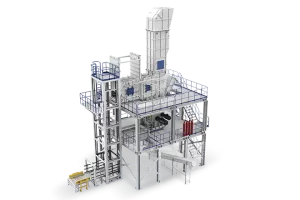Jointly hosted by China Building Materials Circulation Association (CBMCA), China Cement Technology Network (CCTN) and China Cement Building Materials Centre, Beijing (BCMC), the "2023 Cement Industry Upgrading and Efficiency Enhancement and Intelligent New Technology and Equipment Exchange Conference under the Background of Dual-Carbon" was successfully held on 26th - 28th July 2023 at Zhengzhou Chantilly Bay Hotel. Industry technical experts, scientific research units, colleges and universities, cement enterprises and equipment suppliers from all over the country gathered to discuss how to improve production efficiency and green low-carbon development of the cement industry. The success of this conference aims to better promote the innovation and upgrading and high-quality development of the cement industry.
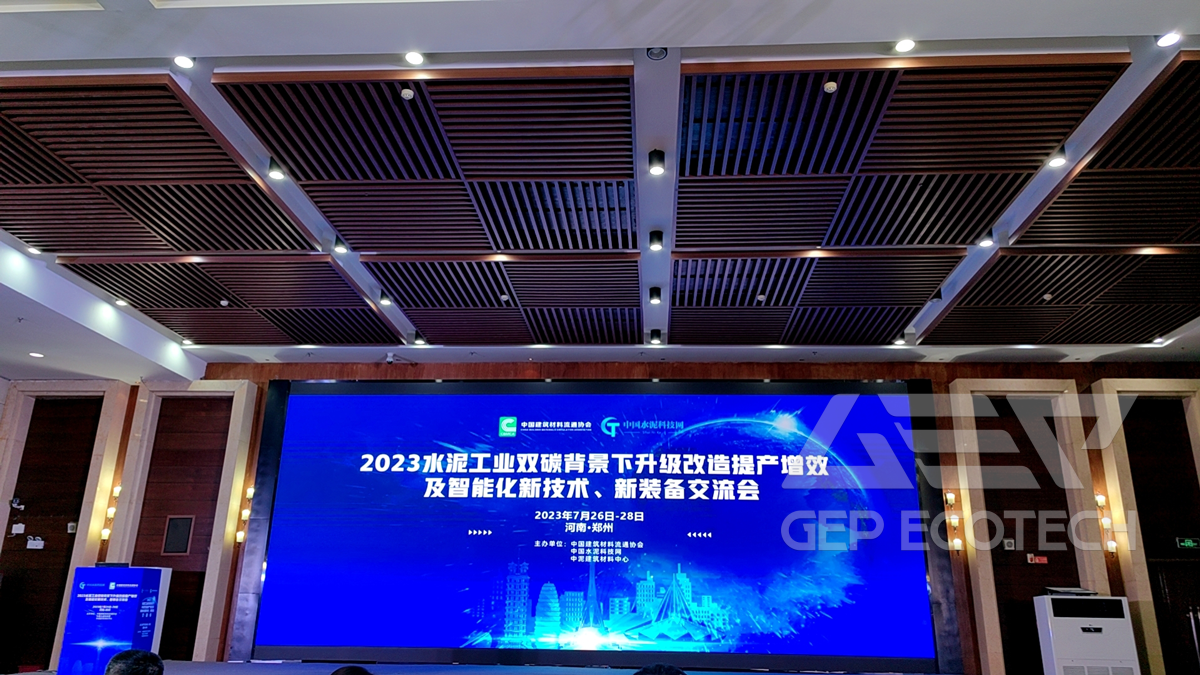
In the first half of this year, the demand of the cement industry continued its downward trend, the cost of cement enterprises was high, profit compression, and market competition remained white-hot. Against this background, how can cement enterprises tap the energy-saving potential and find new opportunities and profit growth points? The answer can be found in the report titled "Application of Shredding Equipment in Alternative Fuel Preparation in Cement Industry" made by Yang Jiaxu, the regional general manager of GEP ECOTECH, who was invited to attend this exchange meeting.
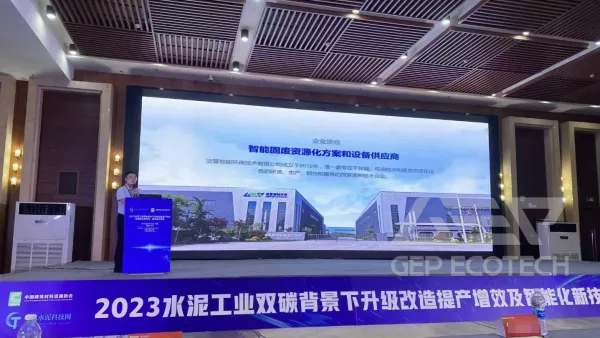
Coal and Carbon Saving - GEP's Alternative Fuel Preparation Technology for Cement Kilns
Since the beginning of this year, the contradiction of "supply exceeds demand" in the cement market has been highlighted, with volume and price dropping in many regions, and the inventory of enterprises at a relatively high level. At the same time, as a large carbon emitter, the cement industry is facing the pressure of tightening energy-efficiency standards and emission standards, and carbon emission reduction. Therefore, more and more cement enterprises have realized that tapping energy-saving potential, expanding the application of intelligent technology, and promoting RDF/SRF fuel substitution have become the key breakthrough points to enhance their market competitiveness.
Taking alternative fuels as an example, the industry's head enterprises have already acted. Conch Cement has implemented biomass alternative fuel renovation, refuse derived fuel RDF and other alternative fuel technological reforms in areas with the conditions; TIANSHAN has invested more than 1.4 billion yuan in 2022 to carry out environmental protection process improvement and alternative fuel pilot projects; Jidong Cement has successfully developed high berth low-carbon clinker, and has promoted the development and application of alternative fuels, such as the use of high-quality, oxygen-enriched combustion, and other new technology development and application; Huanxin Cement aims to achieve full coverage of alternative fuel plants in 2025; the average substitution rate is 30%; Honglion Cement and China Cement also have in-use domestic waste alternative fuel projects. In 2025, Huaxin Cement aims to have full coverage of alternative fuel plants, with an average substitution rate of 30 per cent; Red Lion Cement and China Resources Cement also have alternative fuel projects for domestic waste in use.
As a pioneer and doer of alternative fuel preparation technology for cement kilns, GEP ECOTECH, through its self-developed preparation technology, separates combustible materials from various solid wastes to make alternative fuels, which has successfully helped cement enterprises to save coal and reduce carbon, and achieve energy efficiency standards.
The following are the different solid waste alternative fuel preparation technologies developed by GEP according to the demand of cement enterprises for materials:
1.Alternative Fuel Preparation Technologies for General Industrial Waste
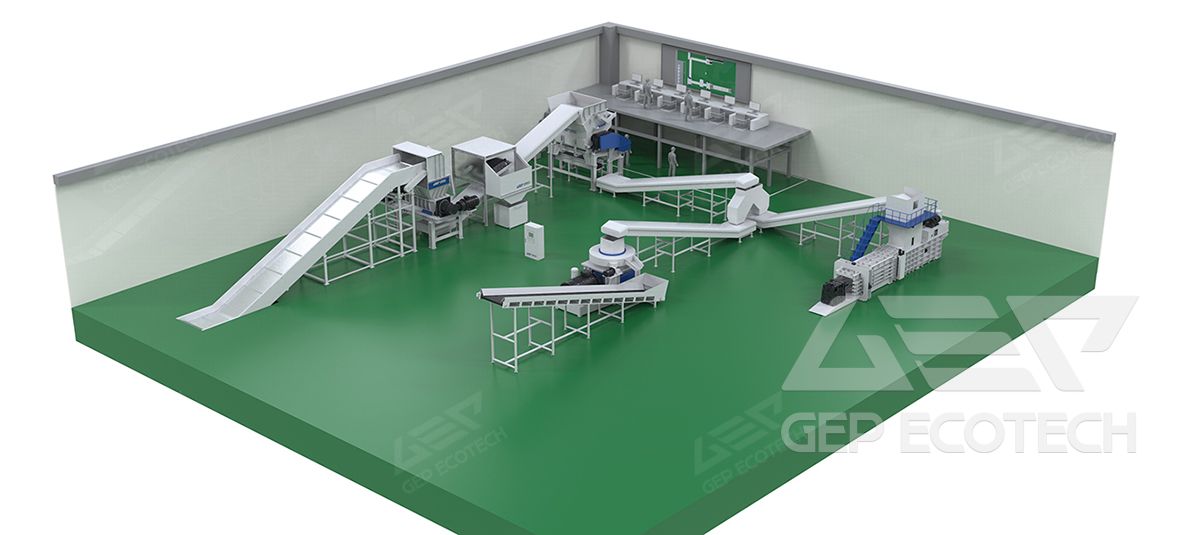
Whether it is fabric, leather trimmings produced in garment factories, shoe factories processing, or other combustible materials such as waste plastics, waste paper scraps, waste wood and so on produced in other industrial production, they can be made into SRF bulk materials or RDF moulding materials with calorific value of 4,000-5,000kcal/kg by the two-stage shredding+ magnetic separation+ baling or moulding (according to the actual needs of the optional) of this preparation technology.
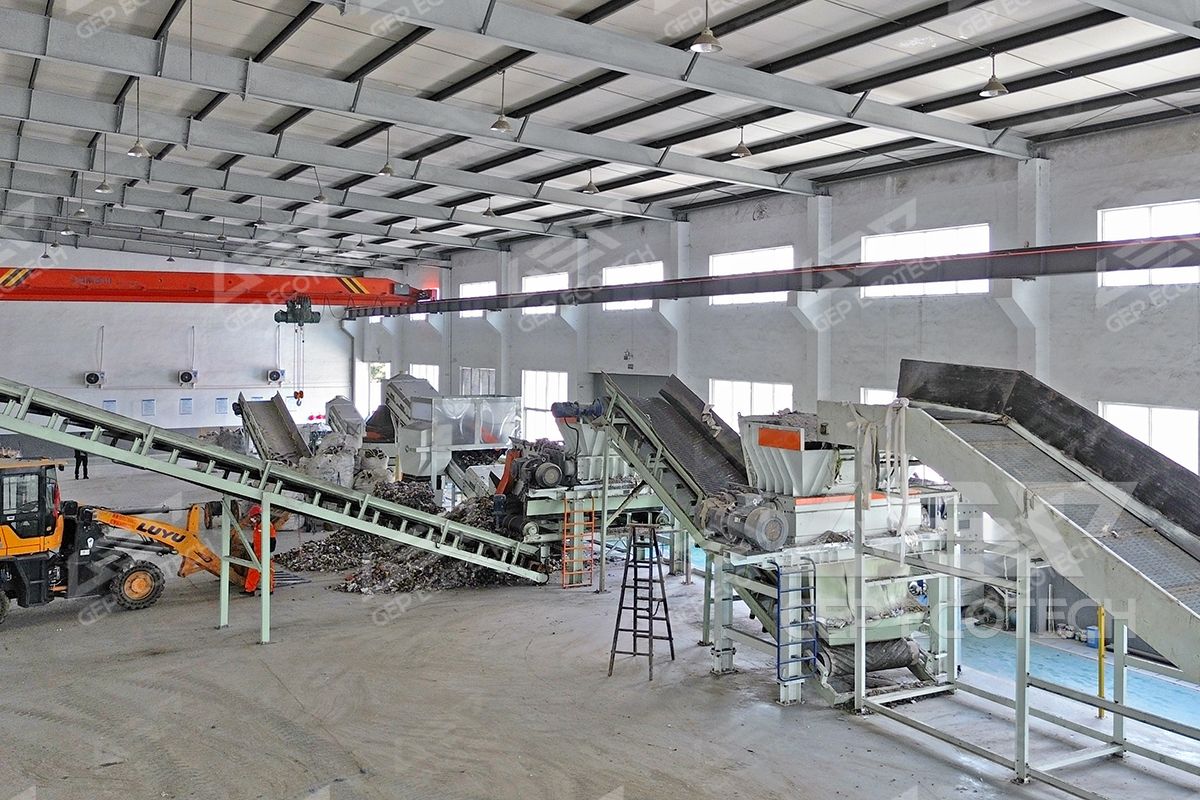
2.Alternative Fuel Preparation Technologies for Domestic Waste
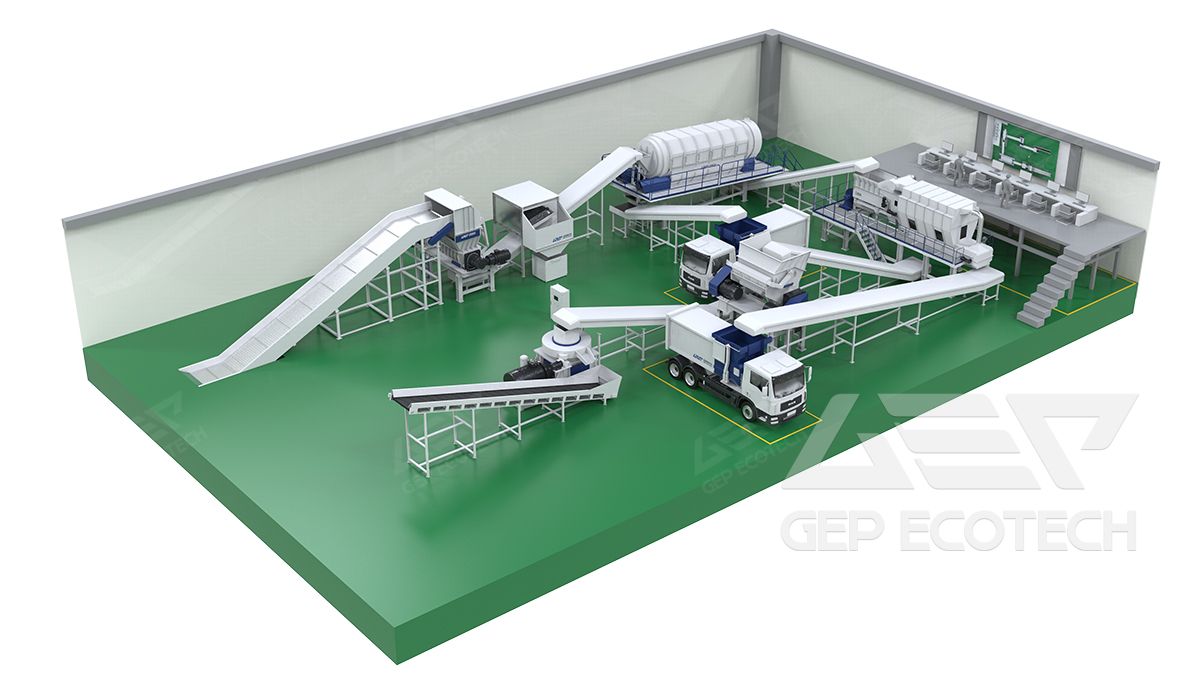
After shredding, magnetic separation, screening, wind selection and other series of processes to complete the purification of materials, and then by the fine shredder can be directly compressed and packaged sent to the cement plant as a fuel alternative, but also through the moulding process into RDF fuel. Don't look at this alternative fuel calorific value of only 2500-3500kcal/kg, but the victory in the price is cheap, low pollutant emissions. (Also: we have the corresponding alternative fuel preparation technology for the landfill's aged domestic waste).
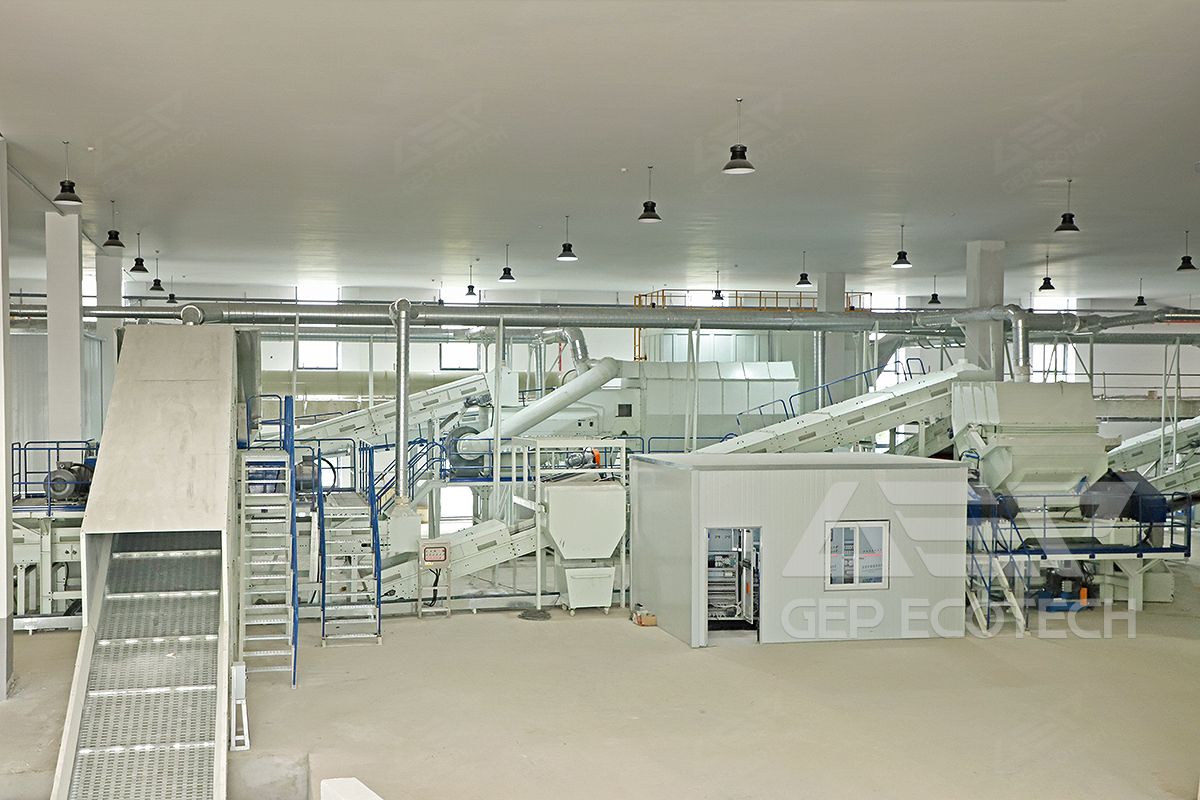
3.Biomass Alternative Fuel Preparation Technologies
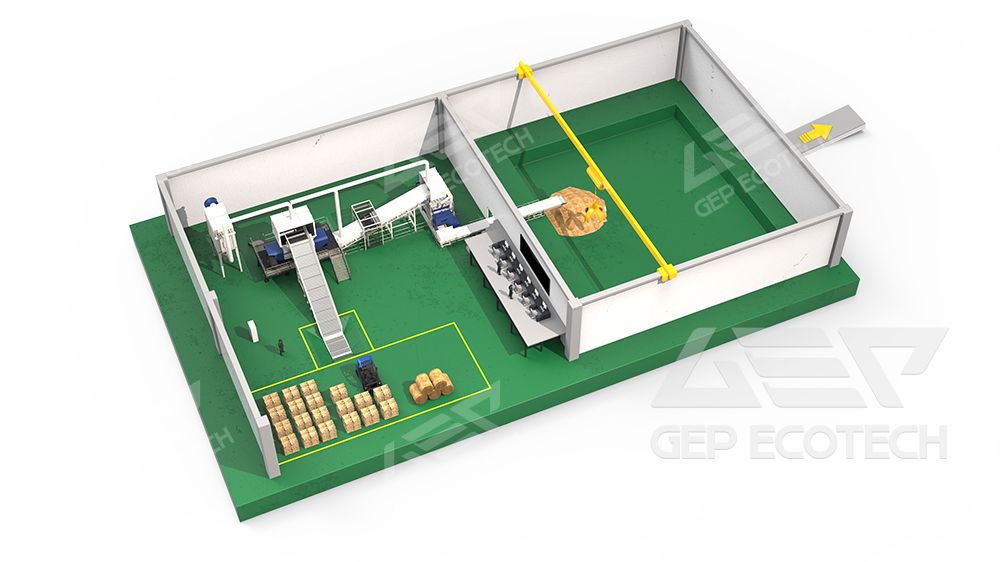
Biomass such as rice husk, corn stalks, palm shells, corn cobs, bagasse, trees, dead branches, and other biomass are prepared into alternative fuels with this system, which can reach a calorific value of 3,000-4,000kcal/kg. biomass, as a renewable, clean, low-carbon, decentralized and sustainable energy source, has become an important alternative to coal.
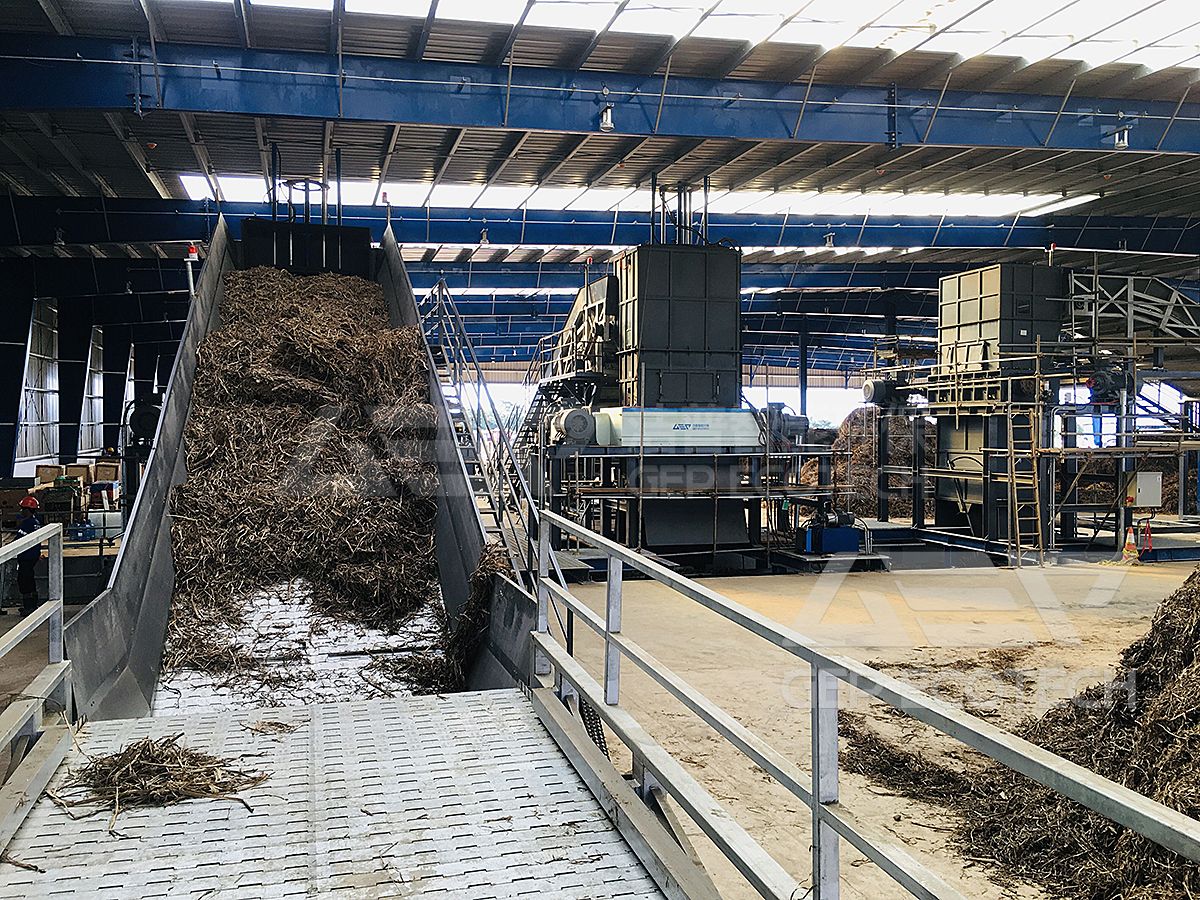
4.Waste Tyre Derived Fuel Preparation Technology
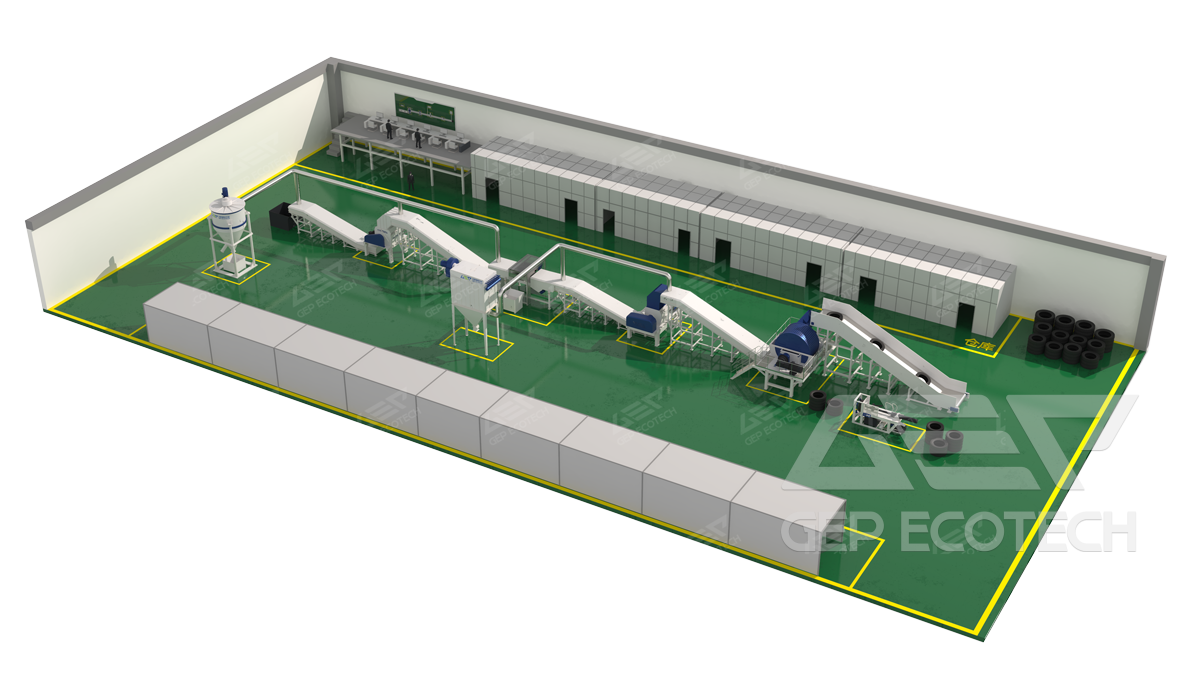
The technology employs a special double-shaft shredder + multi-stage sorting (wire separation, magnetic separation, granulation, fibre separation, etc.) process to produce pure derivative fuel TDF, which has a high calorific value (7,000-9,000 kcal/kg), low cost, clean emissions, and low moisture content, making it a very high-quality alternative fuel (with a fuel substitution rate of up to 40-50 per cent).
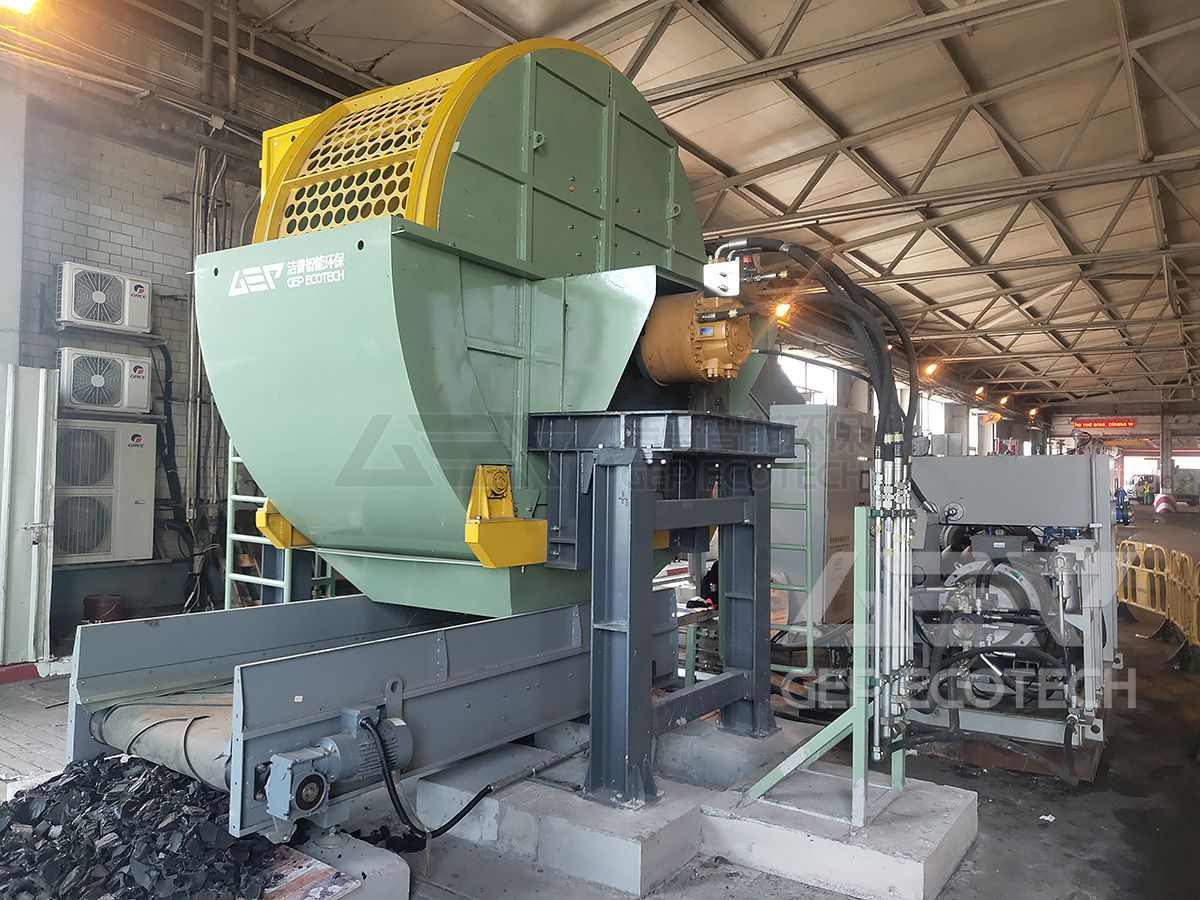
Improving quality and efficiency - GEP's alternative fuel preparation equipment for cement kilns
In the path given by the industry to improve the level of energy efficiency of the cement industry in the future, in addition to vigorously promote the co-disposal of solid wastes and improve the fuel substitution rate, the extensive application of energy-saving technology and equipment is also a point that should not be ignored. Not only cement enterprises need to use high-efficiency grate cooler, kiln burner and other energy-saving equipment, and continue to promote the technical transformation of the preheater, fan, motor frequency conversion, kiln burner and other equipment, in order to save electricity, improve the speed of pulverised coal combustion; cement industry, upstream and downstream enterprises, should also be synchronised with the promotion of the application of energy-saving technology and equipment and technological transformation.
GEP ECOTECH, as a cement kiln alternative fuel preparation equipment research and development, production, sales and service in one of the enterprises, always believe that the market competition is not "price" competition but "quality" competition. Good quality is high efficiency, good quality is low cost, good quality is long life, good quality is stable operation.
A glimpse of the whole picture. The following is an example of the shredder, which is the most used and the core of alternative fuel preparation in cement kiln, to see how GEP can help cement enterprises to reduce cost and increase efficiency with high-quality equipment.
1.Made of quality materials with brand influence added
The core parts of cutters and shafts are made of imported high alloy wear-resistant steel, which is tough and durable with stable quality;
Siemens Beder motor + Bonang/Tongli reducer + FAG bearings + Siemens/Schneider/ABB electrical components (selected by the customer), originating from the quality assurance of big brands.
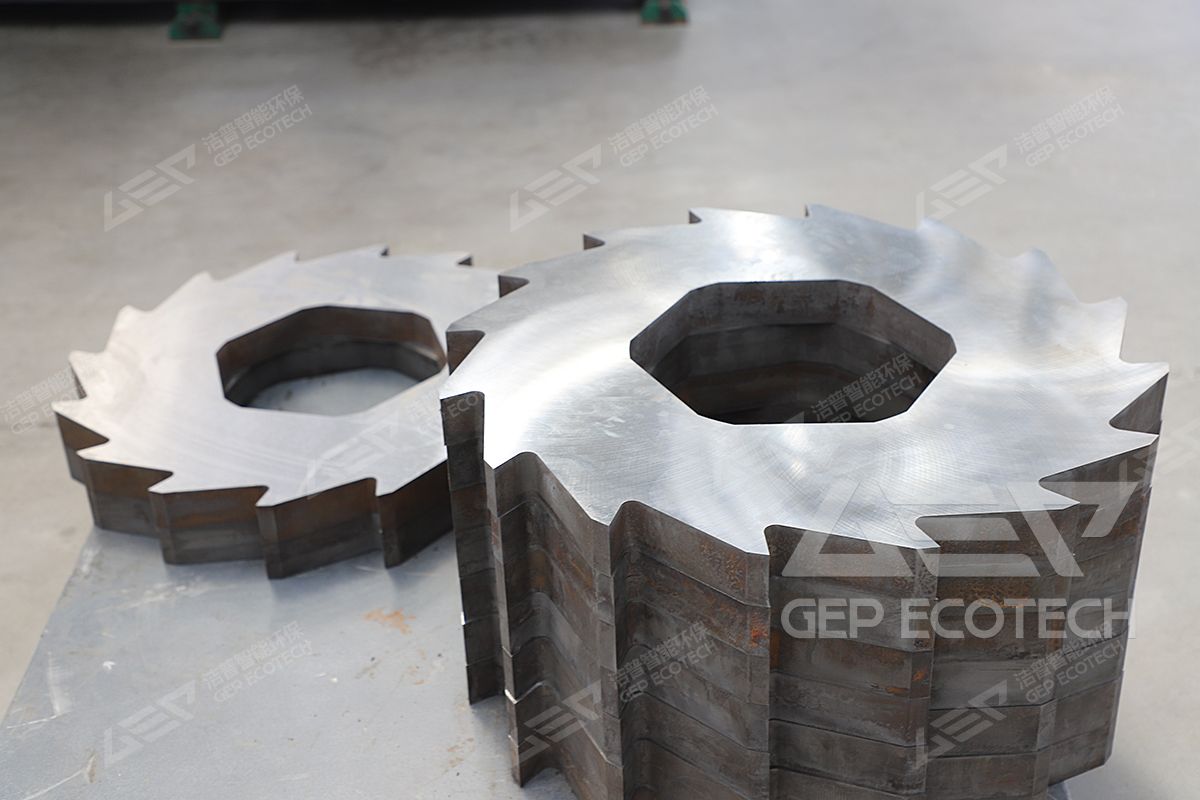
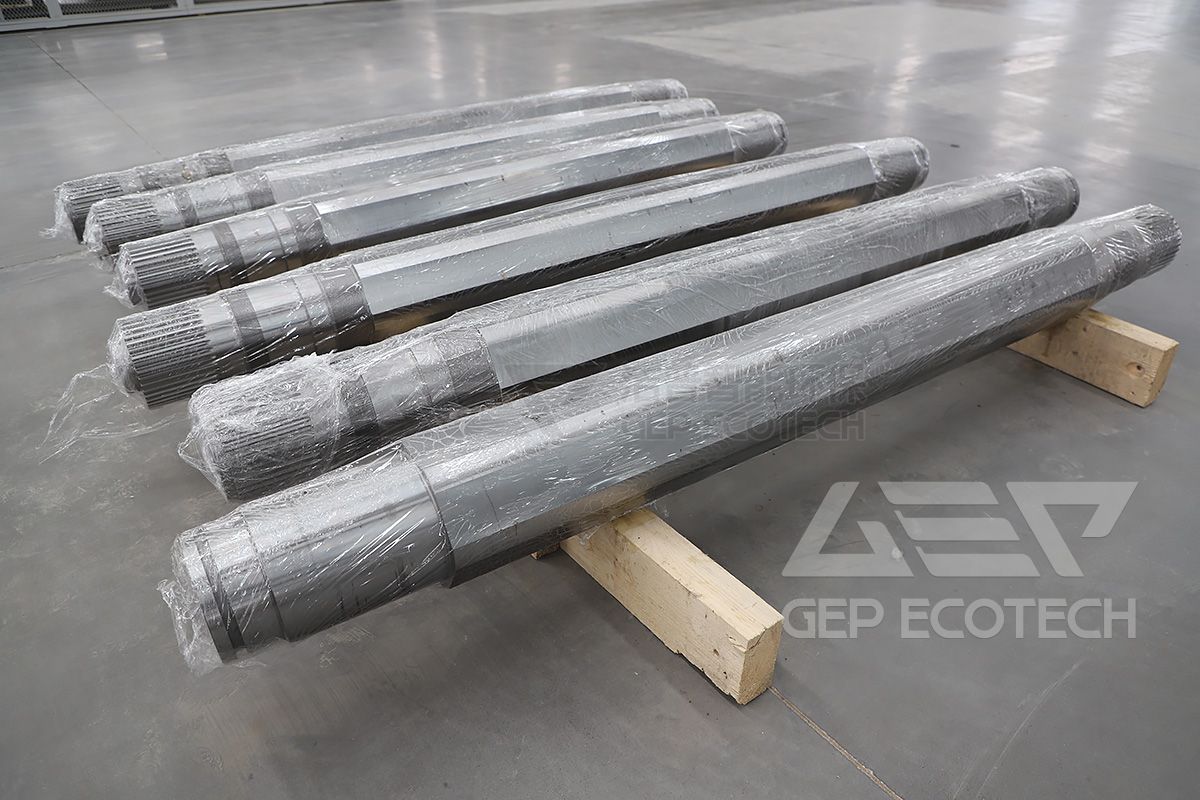
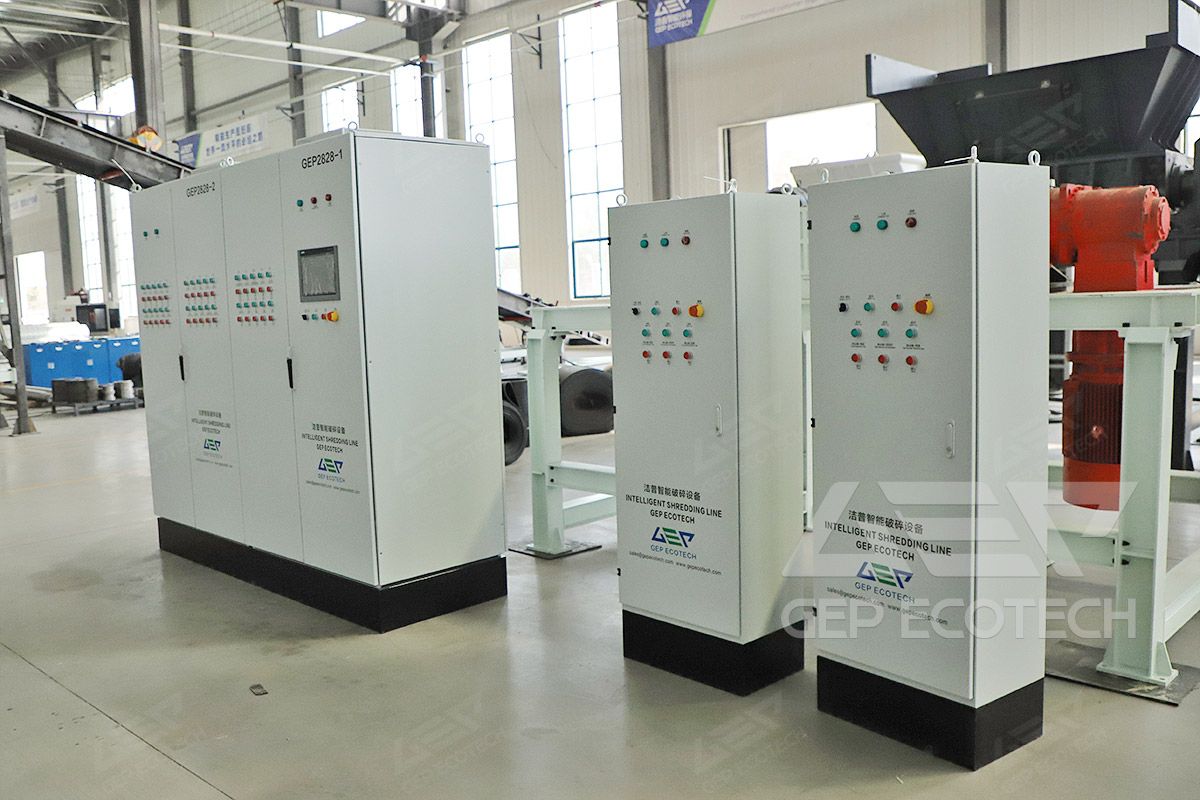
2.Advanced craftsmanship for excellence
Integral cutter box, high-strength shaft and high wear-resistant cutters, through the heat treatment process, and then processed by high-precision machine tools, so as to have high mechanical strength and machining accuracy, to ensure the reliability of the operation of the shredder, long service life, and thus obtain higher efficiency and output.
3.Each process is strictly controlled
In the research and development stage, every part of the shredder is designed to ensure that its appearance, size and performance meet the standards.
Adopting the quality control measures of "from supplier audit and certification, raw material inspection and control, process inspection and control to finished product inspection and control" to ensure the high standard of each shredder.
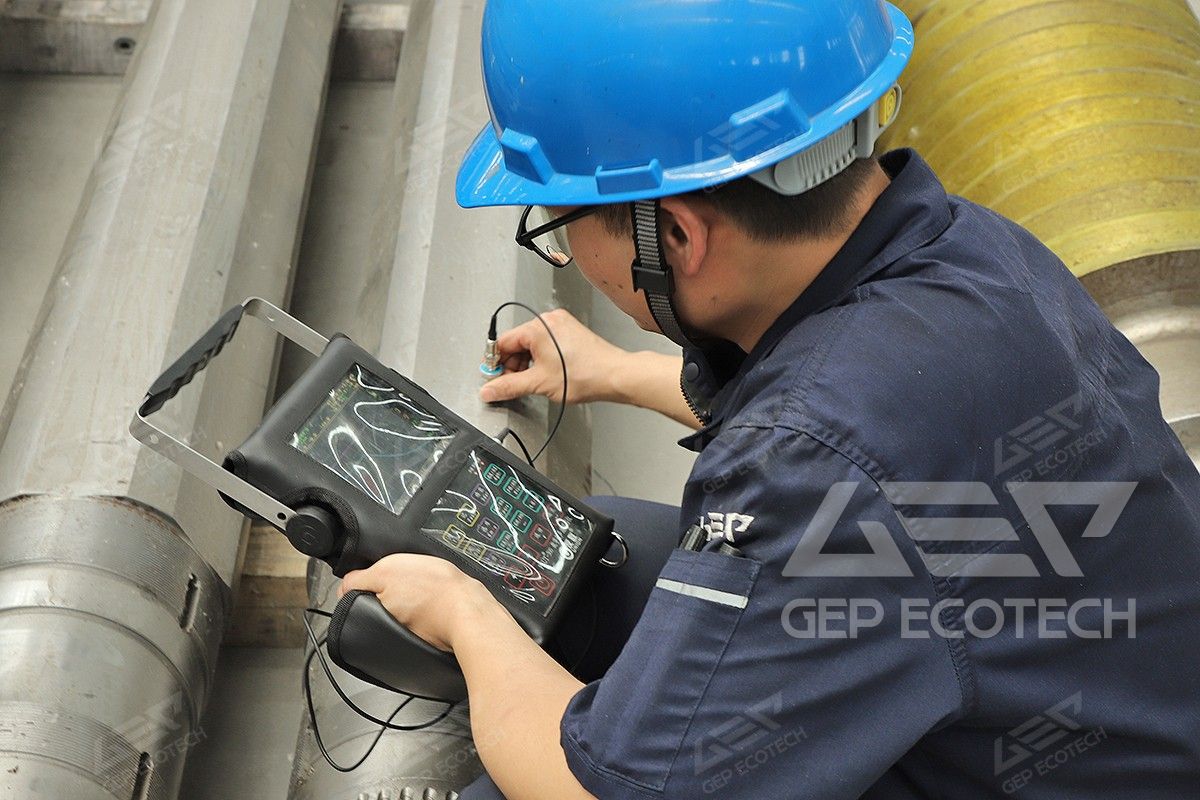
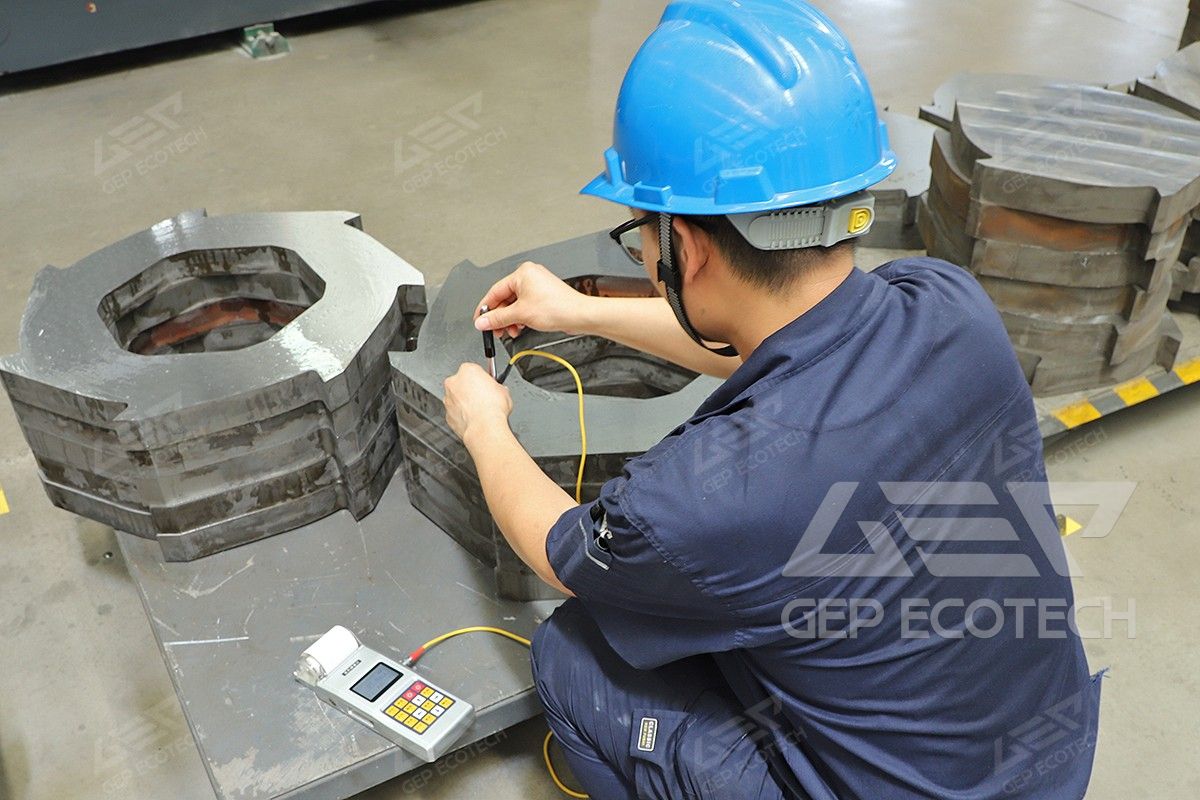
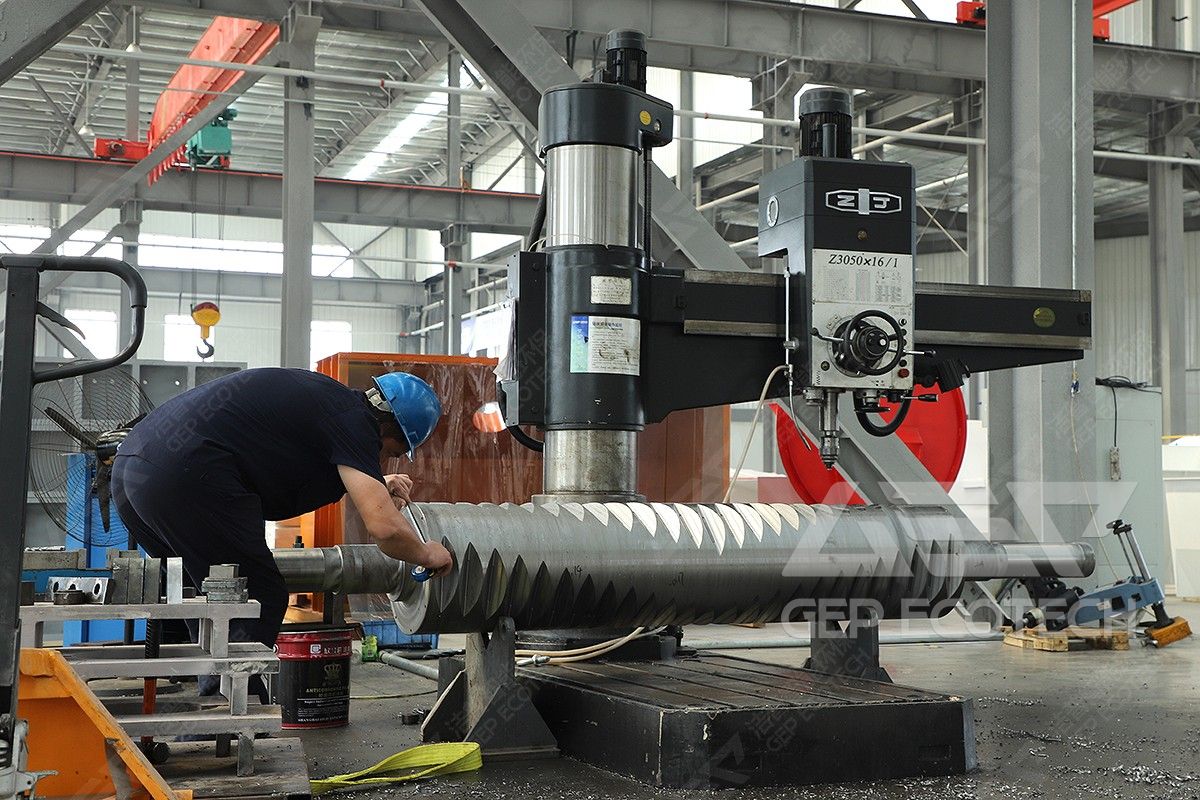
The conference has come to an end, but the road to energy saving and cost reduction in the cement industry is still a long way to go. GEP will, as always, continue to export high-quality alternative fuel preparation technology and equipment for cement enterprises, and contribute to the sustainable development of the cement industry.

